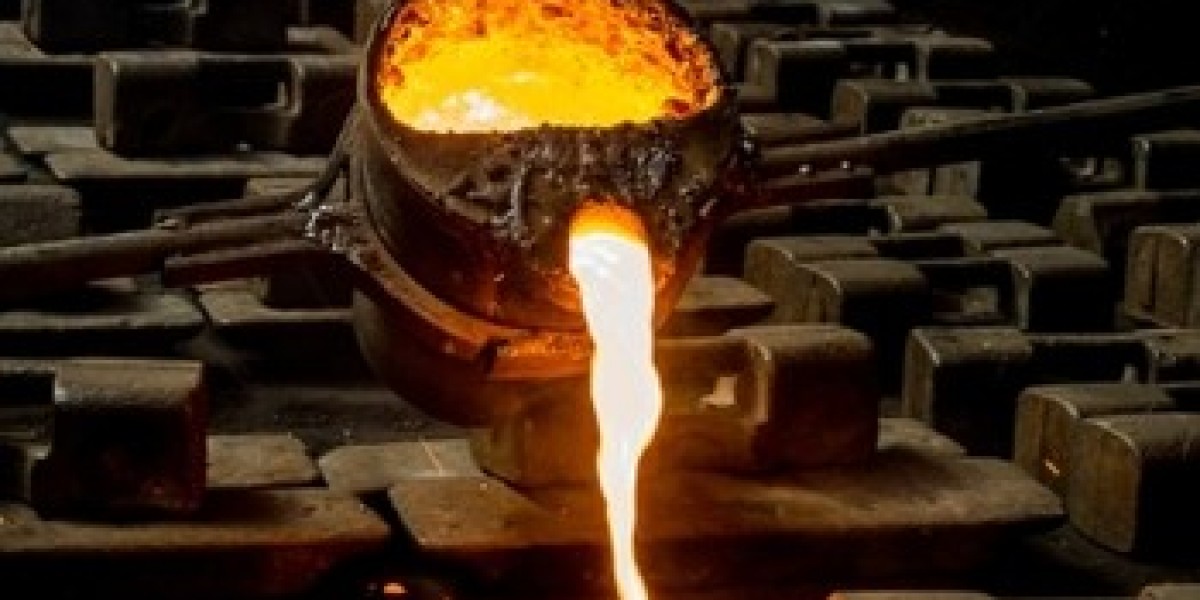Ductile iron castings are widely used in various industries due to their exceptional mechanical properties, cost-effectiveness, and versatility. Understanding the intricacies of ductile iron casting processes is crucial for achieving high-quality castings with minimal defects. This comprehensive guide aims to provide insights into the fundamentals of ductile iron castings, covering everything from material properties to casting techniques and quality control measures.
Understanding Ductile Iron: Ductile iron, also known as nodular or spheroidal graphite iron, is a type of cast iron with graphite nodules dispersed throughout its microstructure, providing enhanced ductility, toughness, and strength compared to traditional gray iron. Its unique combination of properties makes it suitable for a wide range of applications, including automotive, machinery, construction, and more.
Material Properties and Composition: The composition of ductile iron typically includes iron, carbon, silicon, and small amounts of other alloying elements such as manganese, magnesium, and copper. These elements contribute to the formation of graphite nodules, which impart ductility to the material. Understanding the effects of each element on the properties of ductile iron is essential for achieving desired mechanical characteristics in castings.
Casting Processes: Ductile iron castings can be produced using various casting processes, including green sand casting, shell molding, investment casting, and centrifugal casting. Each process offers distinct advantages in terms of cost, complexity, and casting quality. Selecting the appropriate casting method depends on factors such as the size and complexity of the part, desired production volume, and dimensional accuracy requirements.
Molding and Core Making: Proper molding and core making techniques are critical for achieving dimensionally accurate and defect-free ductile iron castings. Green sand molding, one of the most common methods, involves compacting damp sand around a pattern to create a mold cavity. Core making involves forming sand cores to create internal features within the casting. Advanced techniques such as shell molding and precision sand casting offer tighter dimensional tolerances and improved surface finish.
Melting and Pouring: Melting and pouring processes play a significant role in the quality of ductile iron castings. Induction furnaces and cupola furnaces are commonly used for melting ductile iron, with precise control over temperature and alloy composition. Proper gating and pouring practices help prevent defects such as shrinkage, porosity, and inclusions, ensuring uniform filling of the mold cavity and minimizing metal turbulence.
Heat Treatment and Finishing: Heat treatment processes such as annealing, normalization, and quenching are employed to optimize the mechanical properties of ductile iron castings, enhancing their strength, hardness, and machinability. Post-casting operations such as grinding, machining, and surface coating may also be required to achieve final dimensional accuracy and surface finish.
Quality Control: Implementing rigorous quality control measures throughout the casting process is essential for ensuring the integrity and reliability of ductile iron castings. Non-destructive testing techniques such as radiographic inspection, ultrasonic testing, and magnetic particle inspection help detect internal defects and ensure compliance with industry standards and specifications.
Conclusion: Mastering the art of ductile iron castings requires a deep understanding of material properties, casting processes, and quality control techniques. By following the guidelines outlined in this comprehensive guide, manufacturers can consistently produce high-quality ductile iron castings that meet the demands of diverse applications.








